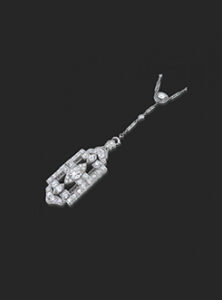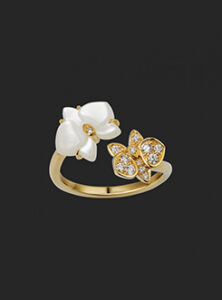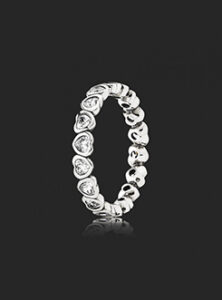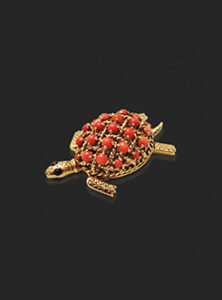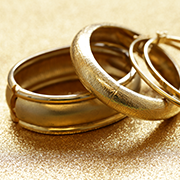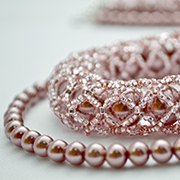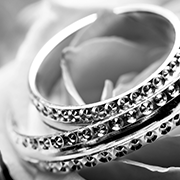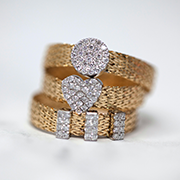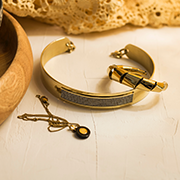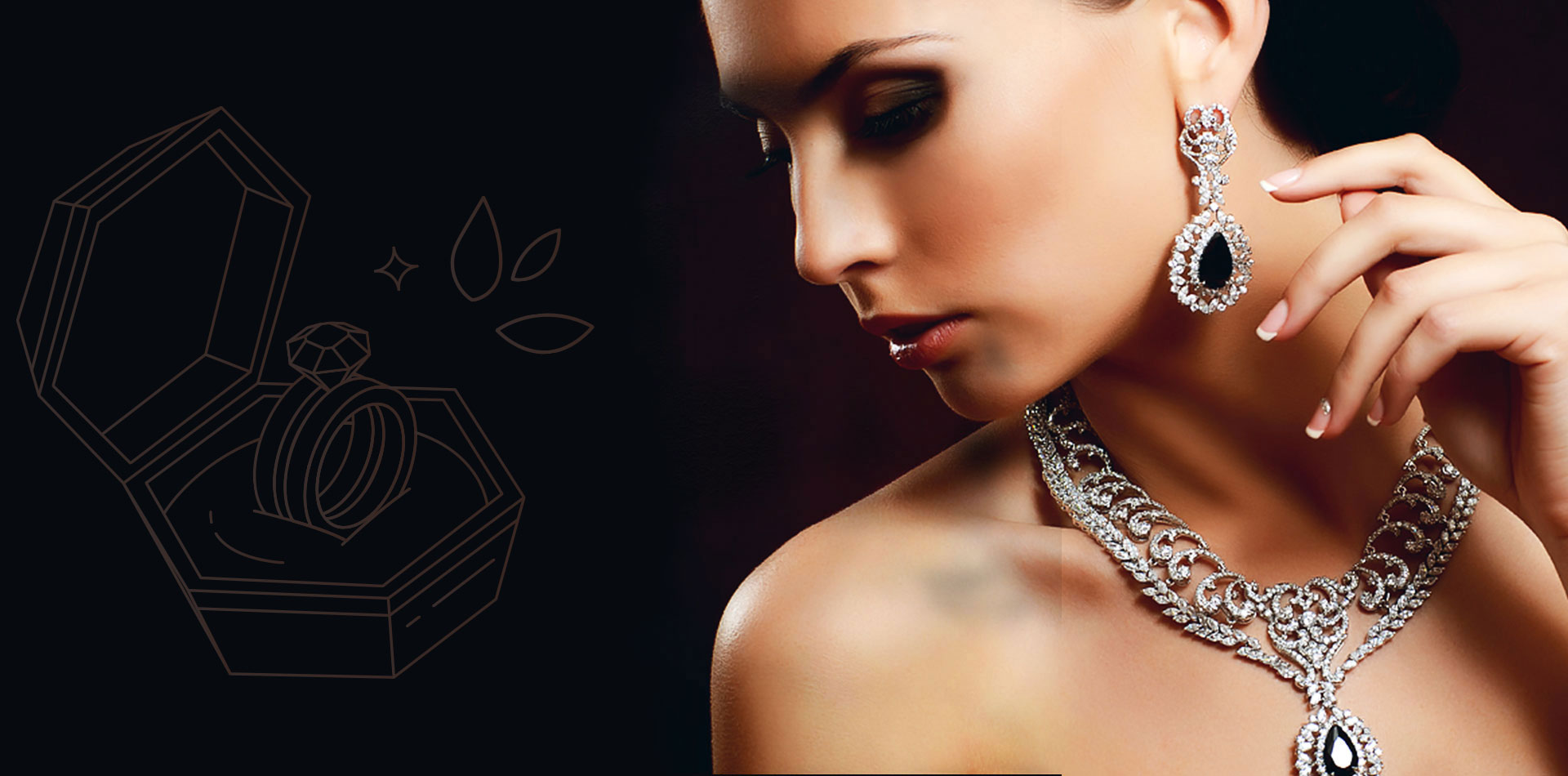
How to Select the Perfect Engagement Ring: A Comprehensive Guide
Choosing an engagement ring is one of the most significant decisions you’ll make in your lifetime. It’s not just a piece of jewelry; it’s a symbol of love, commitment, and the promise of a shared future. With so many options available, selecting the perfect engagement ring can seem overwhelming. This guide will walk you through the essential steps to ensure you make a choice that reflects your partner’s style and the depth of your relationship.
1. Understand the 4 Cs of Diamonds
When selecting an engagement ring, the diamond is often the focal point. Understanding the 4 Cs—Cut, Clarity, Carat, and Color—will help you choose a diamond that’s not only beautiful but also within your budget.
- Cut: The cut of a diamond affects how much it sparkles. A well-cut diamond will reflect light beautifully, making it appear more brilliant and captivating. The cut is often considered the most important of the 4 Cs.
- Clarity: Clarity refers to the presence of internal or external imperfections, known as inclusions and blemishes. The fewer imperfections a diamond has, the higher its clarity grade and value.
- Carat: Carat weight measures the size of the diamond. While larger diamonds are more expensive, it’s important to balance size with the other Cs to find a diamond that offers both beauty and value.
- Color: Diamonds range in color from completely colorless to light yellow or brown. The most prized diamonds are colorless (graded D-F), but near-colorless diamonds (G-J) can also be an excellent choice, especially if you’re looking to maximize your budget.
2. Choose the Right Diamond Shape
Diamond shape is a matter of personal preference and plays a significant role in the ring’s overall appearance. The most popular diamond shapes include:
- Round: The classic choice, known for its brilliance and timeless appeal.
- Princess: A square cut with sharp edges, offering a modern and sophisticated look.
- Cushion: A square or rectangular shape with rounded corners, giving a softer, vintage feel.
- Oval: An elongated shape that creates the illusion of greater size and elegance.
- Emerald: A rectangular shape with step cuts, known for its clarity and understated elegance.
Consider your partner’s style when choosing a shape—do they prefer classic, modern, or vintage aesthetics?
3. Select the Perfect Setting
The setting is the metal framework that holds the diamond in place and significantly influences the ring’s overall style. Popular settings include:
- Prong: A classic and versatile choice where the diamond is held by four or six prongs, allowing maximum light to pass through the stone.
- Halo: Surrounds the center diamond with a ring of smaller diamonds, enhancing its brilliance and making it appear larger.
- Bezel: A sleek and modern setting where the diamond is encircled by a thin metal rim, offering a secure and contemporary look.
- Pavé: The band is adorned with tiny diamonds, adding extra sparkle and creating a luxurious appearance.
The choice of metal—platinum, white gold, yellow gold, or rose gold—also plays a crucial role in the ring’s aesthetic and durability.




